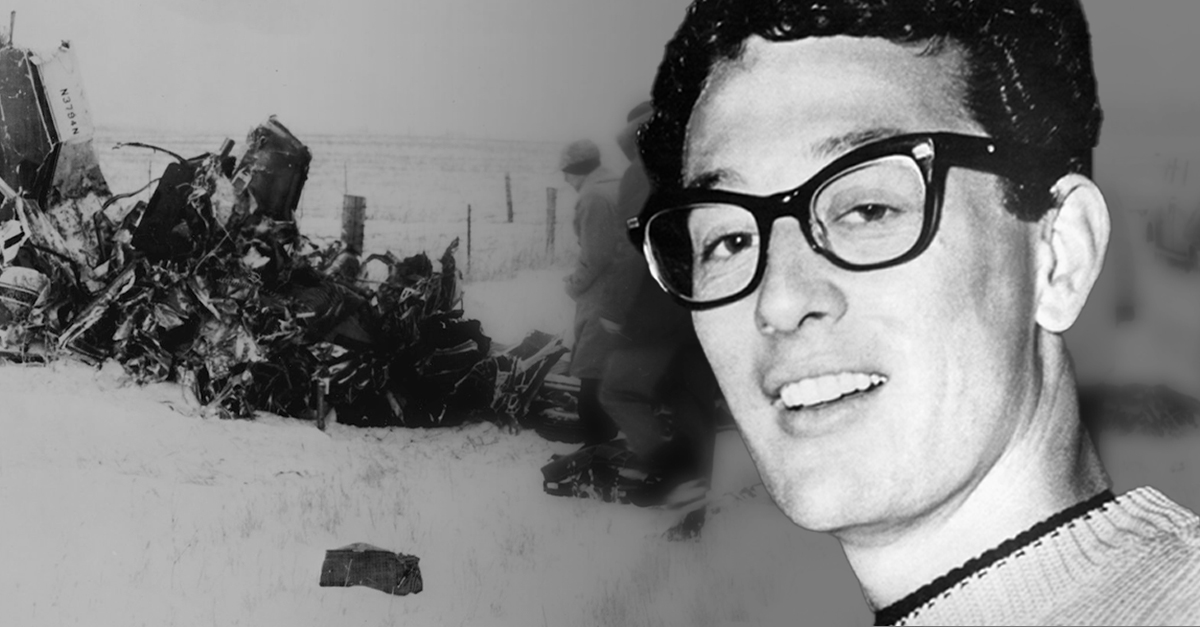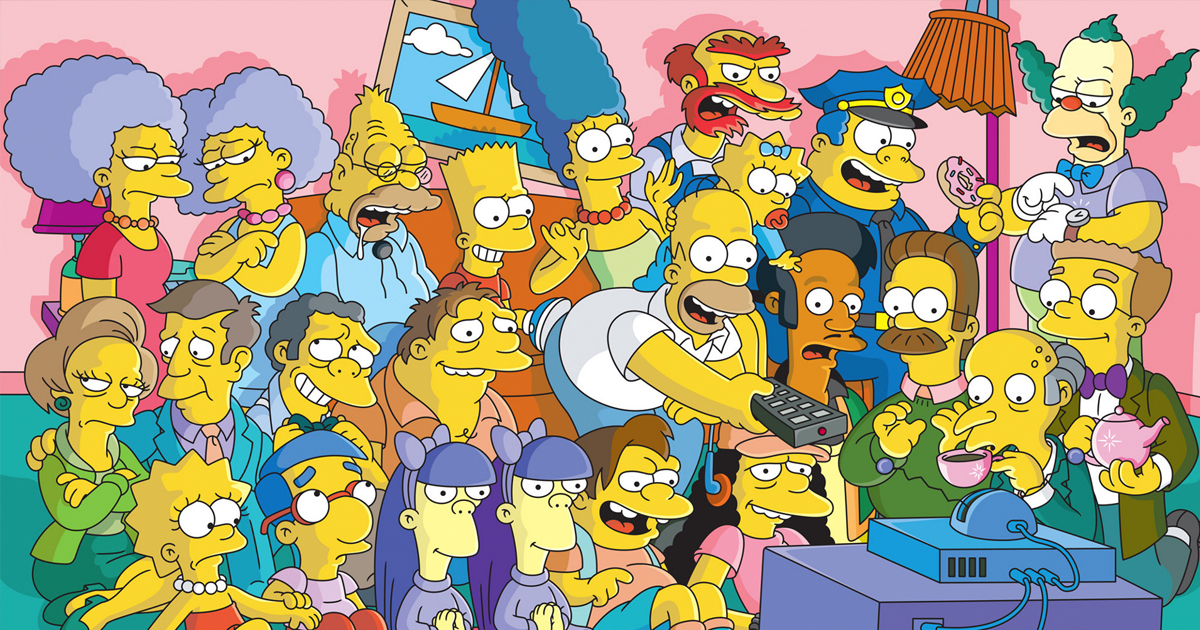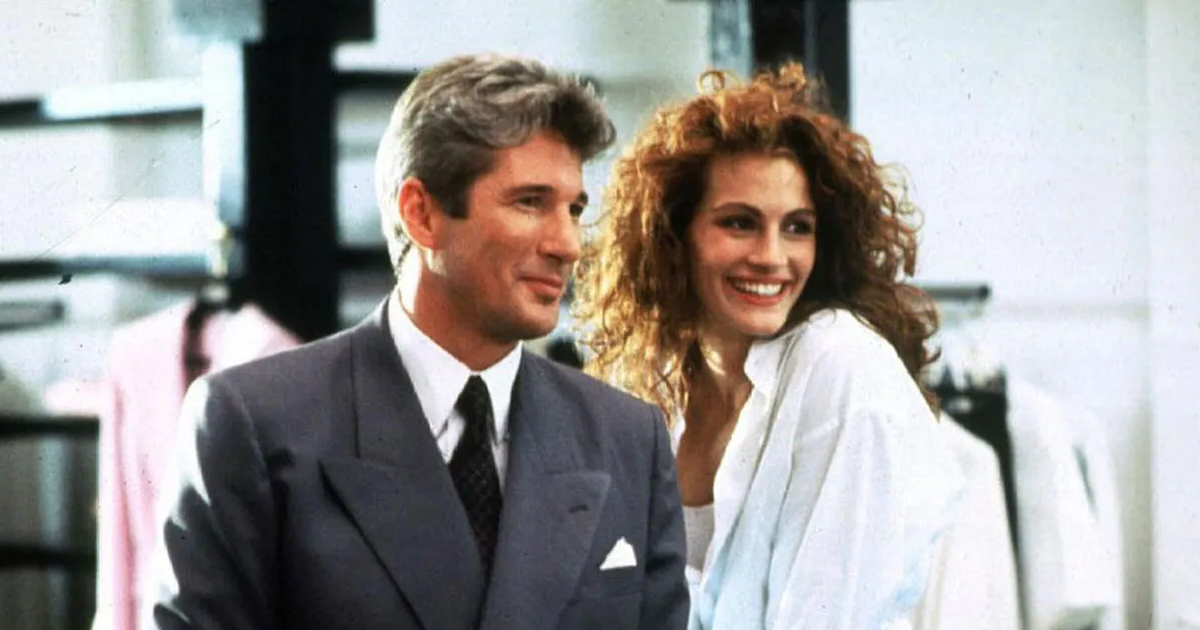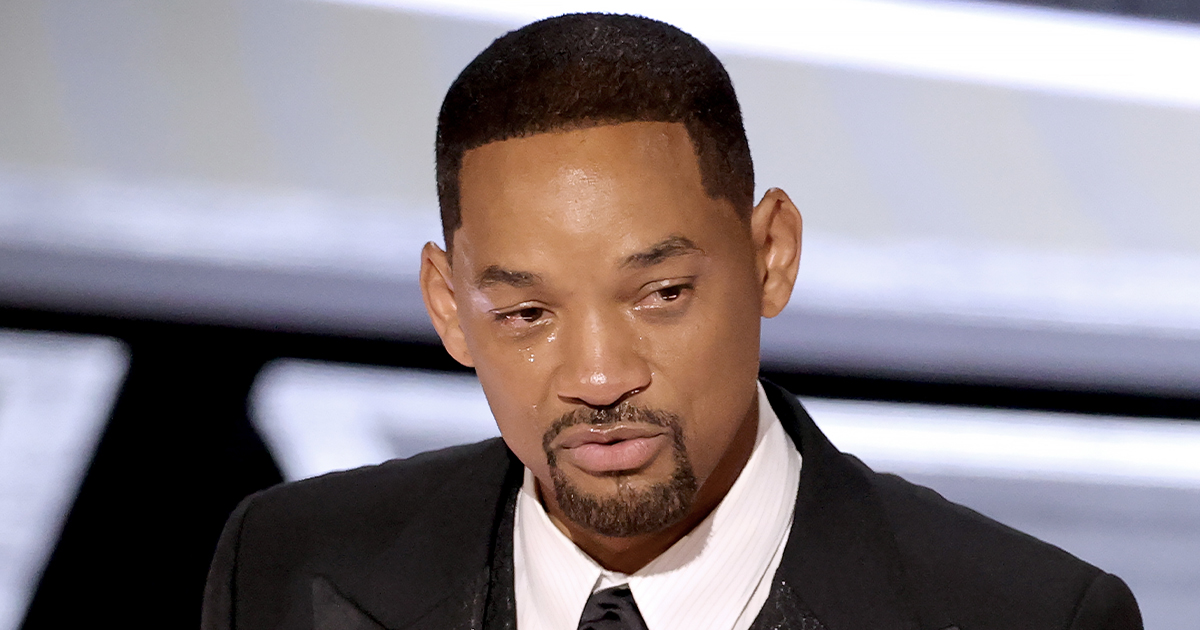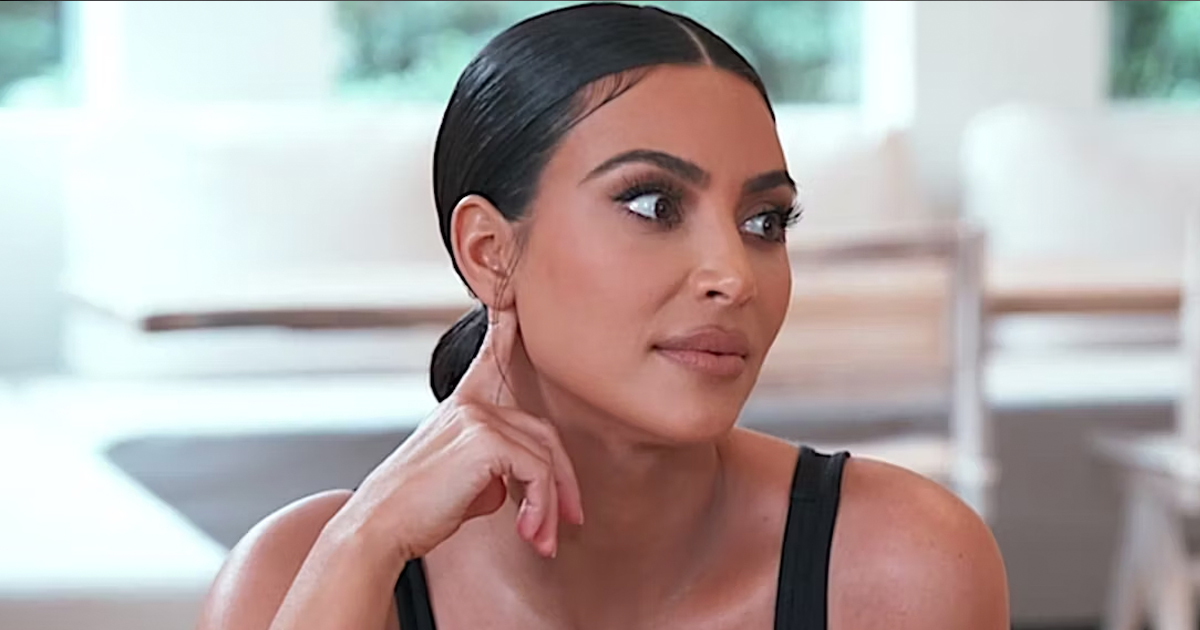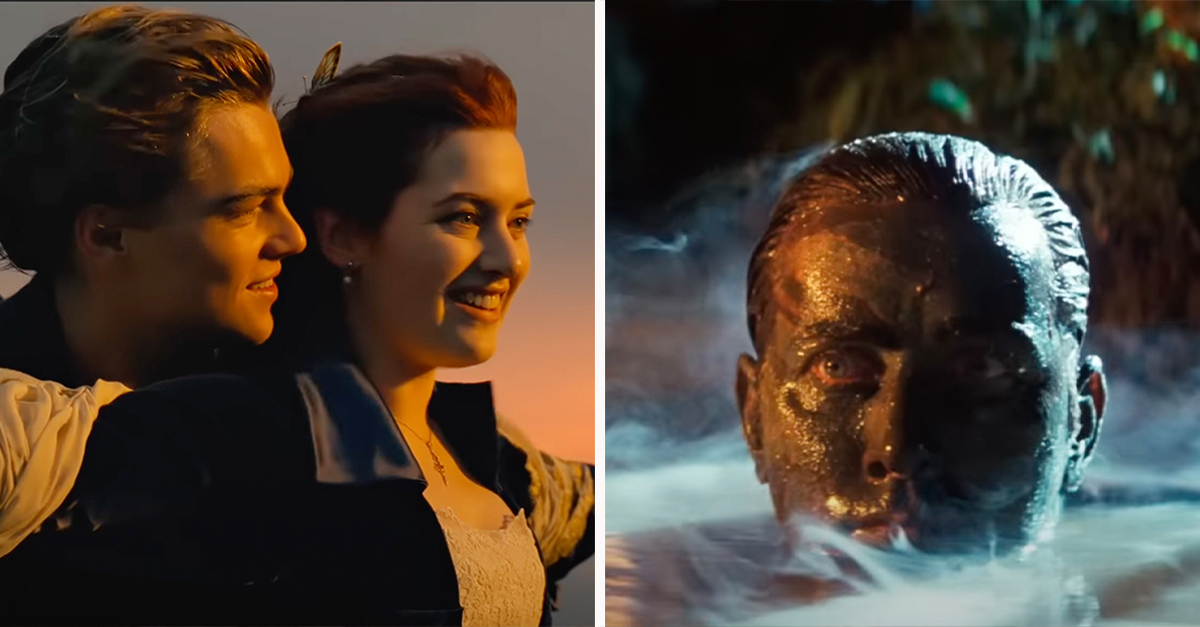The End Of An Era: The Day The Music Died
Rock and roll didn’t just appear—it erupted. In the smoky bars and restless jukeboxes of 1940s America, a rebellious new sound began to take shape. By the mid-1950s, it had transformed into a cultural earthquake, shaking the world with the swagger of Little Richard, the raw energy of Elvis Presley, and the wild fire of Jerry Lee Lewis. Chuck Berry turned guitars into fighting tools, while Buddy Holly, Ritchie Valens, and The Big Bopper proved the genre had no intention of slowing down.
But like all explosions, the blast couldn’t last forever.

The Times They Are A Changin'
By the late 1950s, there was a distinct shift in rock and roll. The artists who had been popular in the 1950s started losing ground to newer sounds and more polished artists. While some artists—like Lewis and Berry—fell from public favor because of their personal lives, others left the rock and roll scene for other reasons.
Most notably, Holly, Valens, and The Big Bopper tragically perished in a plane crash on the day the music died.
 Brunswick Records, Wikimedia Commons
Brunswick Records, Wikimedia Commons
Buddy Holly’s Career Spanned 20 Months
For two short years—from 1957 to 1958—Buddy Holly was the frontman for one of America’s biggest musical acts, the Crickets. While some 1950s radio DJs referred to the band as “Buddy Holly and the Crickets”, that was technically incorrect. Holly’s record labels never used “Buddy Holly and the Crickets” until after his passing.
 Michael Ochs Archives, Getty Images
Michael Ochs Archives, Getty Images
His Biggest Hits
Holly had a string of hits in the late 1950s. Besides his 1957 breakout hit, “That’ll Be The Day”, Holly recorded chart toppers like “Peggy Sue”, “Everyday”, and “Maybe Baby”.
 Michael Ochs Archives, Getty Images
Michael Ochs Archives, Getty Images
His Split From The Crickets
In late 1958, Holly parted ways with the Crickets and their manager. His parting from the Crickets was amicable. After discovering the New York scene, Holly wanted to make his home in the Big Apple. The Crickets were content to remain based in Lubbock, Texas.
 Michael Ochs Archives, Getty Images
Michael Ochs Archives, Getty Images
The Crickets’ Manager Stole From The Band
Holly’s split with the Crickets’ manager, Norman Petty, was far from friendly. In 1958, Holly uncovered a devastating betrayal—Petty had been quietly skimming royalties from the band. Furious, Holly lawyered up, but the stolen money was already gone. What should have been the height of his success instead marked the beginning of a spiral into financial chaos for the young rocker in glasses.
 Evening Standard, Getty Images
Evening Standard, Getty Images
Holly’s Financial Woes Mounted
Around the same time as the court battle with Petty, Holly was sued by a New York concert promoter named Manny Greenfield, who believed he was entitled to a larger cut of the singer’s booking earnings. When Holly refused, Greenfield sued him, which froze Holly’s royalty payments. With no money coming in, Holly had to figure out how to pay his bills.
 General Artists Corporation, Getty Images
General Artists Corporation, Getty Images
He Agreed To Headline The Winter Dance Party Tour
Holly signed with General Artists Corporation (GAC), a talent booking agency. He agreed to headline a short tour across the American Midwest in early 1959, billed as the Winter Dance Party Tour.
 Michael Ochs Archives, Getty Images
Michael Ochs Archives, Getty Images
He Needed A New Band
Without the Crickets, Holly needed a new backing band. Along with session artist Tommy Allsup on guitar and Carl Bunch on drums, Holly hired an unknown musician to play bass. That musician would later become one of the founders of outlaw country in the 1970s.
 Michael Ochs Archives, Getty Images
Michael Ochs Archives, Getty Images
Waylon Jennings And Holly Were Old Friends
Holly met Waylon Jennings in the early 1950s, while Holly was still in high school. At the time, Holly had a country music act called Buddy and Bob, which played a regular live show every Sunday on a radio station in Lubbock, Texas where Jennings was a DJ.
 RCA Records, Wikimedia Commons
RCA Records, Wikimedia Commons
Holly Produced Jennings’ First Two Singles
As Holly’s fame skyrocketed, he never forgot his old friend. In 1958, he stepped into the producer’s chair for a young Waylon Jennings, cutting Jennings’ first two singles—“Jole Blon” and “When Sin Stops (Love Begins)”. It was a small favor at the time, but it planted the seed for Jennings’ own rise to outlaw country legend years later.
 Michael Ochs Archives, Getty Images
Michael Ochs Archives, Getty Images
Frankie Sardo Was Recruited As The Opening Act
In addition to a backing band for Holly, the tour needed supporting acts. Holly brought on Frankie Sardo as the opening act. Sardo had just released his second song, “Fake Out”, which became his breakout hit.
Dion And The Belmonts Joined The Tour
Dion and the Belmonts were a vocal doo-wop quartet from the Bronx, New York City. They had achieved success with three Top 40 hits in 1958. Late that year, they completed their first tour as one of the supporting acts for Holly, the Coasters, and Bobby Darin.
 ABC Records, Wikimedia Commons
ABC Records, Wikimedia Commons
17-Year-Old Ritchie Valens Had Star Power
Ritchie Valens was also just breaking out as an artist. In 1958, while still in high school, Valens recorded a couple of 45” records. The second record, which featured “La Bamba” with “Donna” on the B-side, sold over a million copies and launched him to stardom. He was just 17 years old when the Winter Dance Party Tour started.
 General Artists Corportation, Wikimedia Commons
General Artists Corportation, Wikimedia Commons
The Big Bopper Rounded Out The Bill
Jiles Perry "J.P." Richardson Jr. chose the stage name The Big Bopper because of a dance craze in the mid-1950s called The Bop. He was also newly famous. His breakout song, “Chantilly Lace," dropped in 1958 and spent 22 weeks on the Top 40.
The Tour Kicked Off In Milwaukee
On January 23, 1959, the Winter Dance Party roared to life in Milwaukee, Wisconsin. What should have been a celebration of rock’s brightest rising stars quickly revealed itself as a punishing grind. The booking agency had lined up 24 shows in 24 cities—without a single day of rest. But the relentless pace was only the beginning. The real hardships were still waiting on the icy roads of the Midwest.
 BBC, The Real Buddy Holly Story (1985)
BBC, The Real Buddy Holly Story (1985)
The Tour Buses Were Terrible
The “tour buses” weren’t the kind of buses used by touring acts today. They were reconditioned school buses. Many of them had major mechanical issues. Malfunctioning bus after bus was replaced and the tour was likely on its fifth bus when it arrived at its eleventh stop at Clear Lake, Iowa. But that wasn’t the only problem with the buses.
The Buses Were Freezing Cold
The buses had insufficient heating systems for the harsh Midwest winters. When one of the buses stalled in the middle of the night, the musicians burned newspapers in an attempt to stay warm. Even so, Bunch, Holly’s drummer, was hospitalized with frostbitten feet because of the conditions on the buses.
The Tour Zigzagged Across The Midwest
As if the gruelling schedule and broken-down buses weren’t problematic enough, whoever booked the tour did not logically arrange the stops. Instead of creating a loop through the region, the tour zigzagged back and forth.
Hundreds Of Miles Between Tour Stops
The band travelled over 400 miles between some stops, logging 10-12 hours per day on those unheated buses. When the musicians arrived in Clear Lake, Iowa, they realized that the next venue was in Moorhead, Minnesota. Not only was Moorhead 365 miles from Clear Lake, but the route passed through two towns the tour had already performed in.
 CBS, The Ed Sullivan Show (1948-1971)
CBS, The Ed Sullivan Show (1948-1971)
No Road Crew
As if freezing buses and endless miles weren’t bad enough, the Winter Dance Party had another cruel twist—there was no road crew. Every night, after hours on stage, the same stars who lit up the crowd had to haul their own amps, set up their gear, tear it all down, and pack it back up before hitting the road again. Rock and roll glory came with a backbreaking price.
 Brunswick Records, Wikimedia Commons
Brunswick Records, Wikimedia Commons
The Musicians Got Sick
The long drives, unheated buses, cramped quarters, and exhaustion took their toll on the performers. Holly, Valens, and Richardson (The Big Bopper) soon had flu symptoms.
 CBS, The Ed Sullivan Show (1948-1971)
CBS, The Ed Sullivan Show (1948-1971)
Holly Needed To Do Laundry
By the time their bus rolled into Clear Lake, Iowa on February 2, Holly was frustrated. They had just driven 350 miles from Green Bay, Wisconsin. They faced another 365-mile drive to their next tour stop immediately following the Clear Lake show. Holly was sick and wanted to do his laundry. So, he made one of music’s most ill-fated decisions.
 Coral Records, Wikimedia Commons
Coral Records, Wikimedia Commons
He Decided To Charter A Plane To The Next Tour Stop
The musicians arrived in Clear Lake less than two hours before the show was scheduled to begin at the Surf Ballroom. Holly approached the manager of the Surf, Carroll Anderson, and asked about chartering a plane to the next tour stop.
 Michael Ochs Archives, Getti Images
Michael Ochs Archives, Getti Images
A Young Local Pilot Agreed To Fly
Anderson knew the owner of Dwyer Flying Service, based in nearby Mason City. When Anderson wasn’t able to reach Hubert Dwyer himself, he called one of the pilots—Roger Peterson—directly. The 21-year-old pilot agreed to fly the musicians to Fargo, North Dakota, the nearest airfield to Moorehead, Minnesota.
His aircraft was a 1947 Beechcraft Bonanza plane, which seated three passengers in addition to the pilot.
 Bill Larkins, CC BY-SA 2.0, Wikimedia Commons
Bill Larkins, CC BY-SA 2.0, Wikimedia Commons
Holly’s Phone Call To His Wife
Back at the Surf Ballroom, Holly slipped away to call his wife, Maria. She had joined him on tours before, but this time he urged her to stay home—she was six months pregnant and he wanted her safe. The brief conversation was tender, ordinary even. Neither of them knew it would be the last time they ever spoke.
Three Musicians Boarded The Plane
After the show, three musicians went out to the Mason City Municipal Airport to board their chartered flight. Initially, Holly was supposed to fly with members of his own band—his guitarist, Allsup, and his bassist, Jennings. But neither Allsup nor Jennings got on the flight.
 The Vancouver Sun, Wikimedia Commons
The Vancouver Sun, Wikimedia Commons
Valens Won A Seat On A Coin Toss
Valens was sick with influenza. He approached Allsup and suggested a coin toss in an attempt to get Allsup’s seat. Allsup agreed and Valens called heads. Valens won. He reportedly said, "That's the first time I've ever won anything in my life”.
 Hal Roach Studios, Wikimedia Commons
Hal Roach Studios, Wikimedia Commons
Richardson Asked For Jennings’ Seat
Richardson—The Big Bopper—was also sick. He didn’t want to get back on a cold bus for another long drive. Richardson asked Jennings if he could have Jennings’ seat on the flight. Jennings agreed.
 Innovisions, The Buddy Holly Story
Innovisions, The Buddy Holly Story
Jennings’ Joke Haunted Him For The Rest Of His Life
When Jennings told Holly that he had given up his seat, Holly said in jest, “Well, I hope your...bus freezes up”. Jennings joked back: “Well I hope your ol’ plane crashes”. That comment haunted Jennings for the rest of his life.
 Innovisions, The Buddy Holly Story
Innovisions, The Buddy Holly Story
Peterson Wasn’t Told About Worsening Weather
The night sky over Iowa was already turning treacherous. Light snow drifted down, the horizon blurred into an obscured haze, and winds howled at 20 to 30 miles per hour. Forecasters warned the weather would only get worse along the flight path—but the young pilot, Roger Peterson, never received that crucial information before takeoff. The stage was set for disaster.
 Innovisions, The Buddy Holly Story
Innovisions, The Buddy Holly Story
The Flight Took Off At 12:55 A.M.
The flight with Holly, Valens, and Richardson took off at 12:55 a.m. CST on February 3 with Peterson at the controls.
The Plane’s Tail Light Disappeared
Dwyer, the owner of the flying service, watched the plane take off from the airport. He tracked the plane’s tail light as the aircraft climbed about 800 feet and then turned left twice, into a northwesterly heading. Dwyer watched as the tail light started descending before it disappeared.
Radio Contact Was Lost
After only a few minutes in the air, Peterson was no longer responsive to radio contact. Repeated attempts were made to establish contact until daylight, without success.
 Innovisions, The Buddy Holly Story
Innovisions, The Buddy Holly Story
The Plane Crashed Six Miles From The Airport
In the early daylight hours of February 3, Dwyer set out to retrace the aircraft’s flight path. Around 9:35 am, Dwyer found the plane’s wreckage mangled in a cornfield less than 6 miles from the airport.
 Dsapery, CC BY 3.0, Wikimedia Commons
Dsapery, CC BY 3.0, Wikimedia Commons
The Wreckage Was Horrendous
The plane slammed into the frozen ground at nearly 170 miles per hour. The impact was so violent that the wreckage scattered across the cornfield, twisted beyond recognition. Buddy Holly, Ritchie Valens, and The Big Bopper were thrown from the aircraft, their bodies lying in the snow as silent proof of the catastrophe. In the cockpit, pilot Roger Peterson remained trapped in the mangled frame. None of them survived the crash.
 Civil Aeronautics Board, Wikimedia Commons
Civil Aeronautics Board, Wikimedia Commons
Pilot Error Caused The Crash
Early reports suggested that the inclement weather caused the crash. But, in a report released in September 1959, the Civil Aeronautics Board (CAB) blamed the crash on pilot error.
 Innovisions, The Buddy Holly Story
Innovisions, The Buddy Holly Story
Peterson Didn’t Understand The Instrument Readings
Although Peterson had over four years of flying experience, logging 711 flying hours, he was not qualified to fly in conditions where he would have to rely solely on instruments. And there was one critical issue with the instruments in the Beechcraft Bonanza that would have confused Peterson.
 Innovisions, The Buddy Holly Story
Innovisions, The Buddy Holly Story
Peterson Trained With Different Instruments
When Peterson worked through his instrument training, he practiced on airplanes with conventional artificial horizon indicators. But the Beechcraft Bonanza had an older instrument that provided the same type of information—a Sperry F3 attitude gyroscope.
There is a critical difference between an artificial horizon indicator and a Sperry F3 attitude gyroscope—and that difference proved fatal to three of America’s most promising up-and-coming musicians and their pilot.
 Innovisions, The Buddy Holly Story
Innovisions, The Buddy Holly Story
Peterson Wrongly Believed The Plane Was Climbing
While an artificial horizon indicator and a Sperry F3 attitude gyroscope provide the same aircraft pitch attitude information, they display that information in directly opposite ways. As a result, Peterson believed the aircraft was climbing when it was in fact descending. And with the darkness and swirling snow, he had no external visual reference points.
 Innovisions, The Buddy Holly Story
Innovisions, The Buddy Holly Story
Maria Holly Miscarried After Hearing The News
When the news of the crash broke, its shockwaves were immediate and devastating. Holly’s young wife, Maria, learned of her husband’s death not from a phone call, but from a television broadcast. Overcome with grief, she miscarried the very next day—losing both her husband and their unborn child in a single, cruel twist of fate.
 Innovisions, The Buddy Holly Story
Innovisions, The Buddy Holly Story
Funerals Were Held Individually
Funerals were held individually for each of the deceased in the aftermath of the crash. Holly and Richardson were buried in their home state of Texas while Valens’ body was taken to California for his funeral. Peterson was laid to rest in Iowa.
 Innovisions, The Buddy Holly Story
Innovisions, The Buddy Holly Story
The Show Must Go On
Despite the horrific loss of life and the grief of the other performers on the tour, GAC mandated that the Winter Dance Party continue. Other musicians were brought in to replace those who had passed on.
 Innovisions, The Buddy Holly Story
Innovisions, The Buddy Holly Story
The Day The Music Died
In 1971, Don McLean recorded and released “American Pie” on an album of the same name. The phrase “the day music died” repeats throughout the song as a reference to the crash and the end of the earliest era of rock and roll. That phrase has become a popular way to refer to the crash.
 Innovisions, The Buddy Holly Story
Innovisions, The Buddy Holly Story
Incredible Influence And Loss
The cultural loss of three promising young artists cannot be measured. Although Holly released only three albums in a 20-month span, he had an enormous impact on music. The Beatles chose their name as a reference to the Crickets. And Holly’s music influenced countless other musicians, including The Rolling Stones, Bob Dylan, and Bruce Springsteen. It’s difficult to imagine how different our musical landscape would be if Holly, Richardson, and Valens had lived long and fruitful lives.
 Innovisions, The Buddy Holly Story
Innovisions, The Buddy Holly Story

